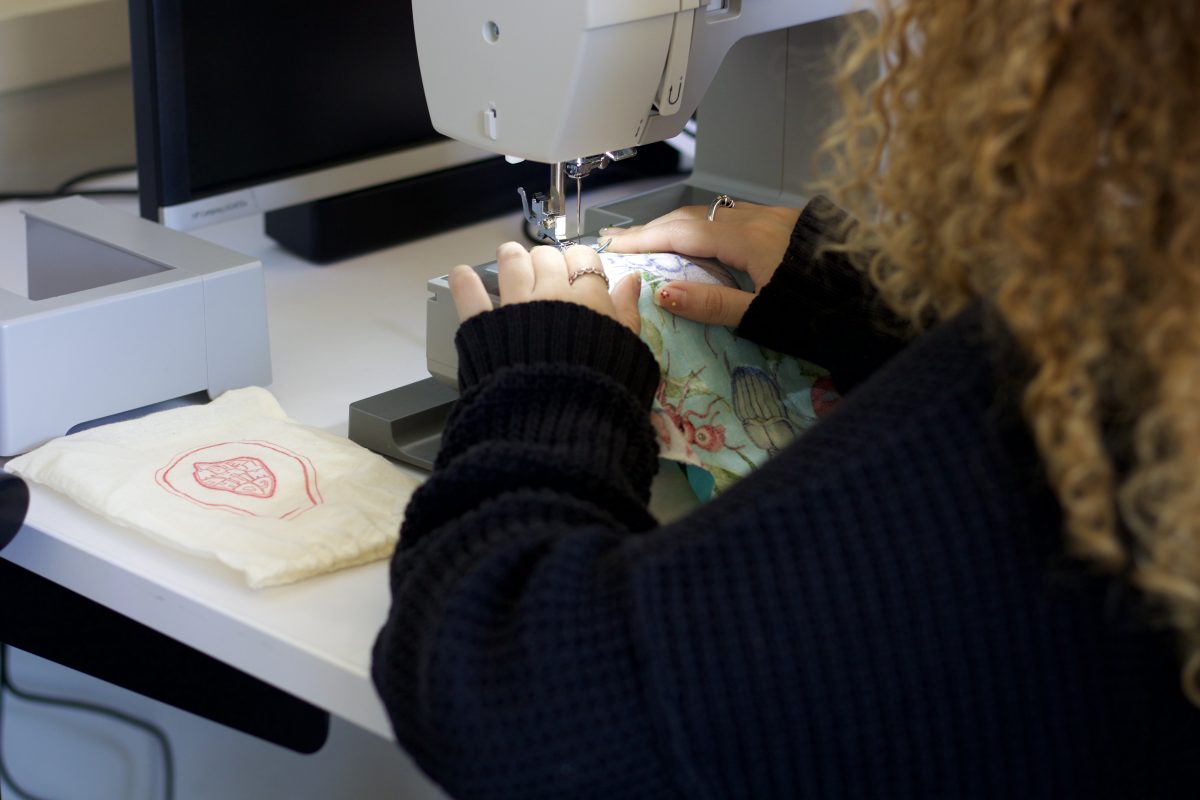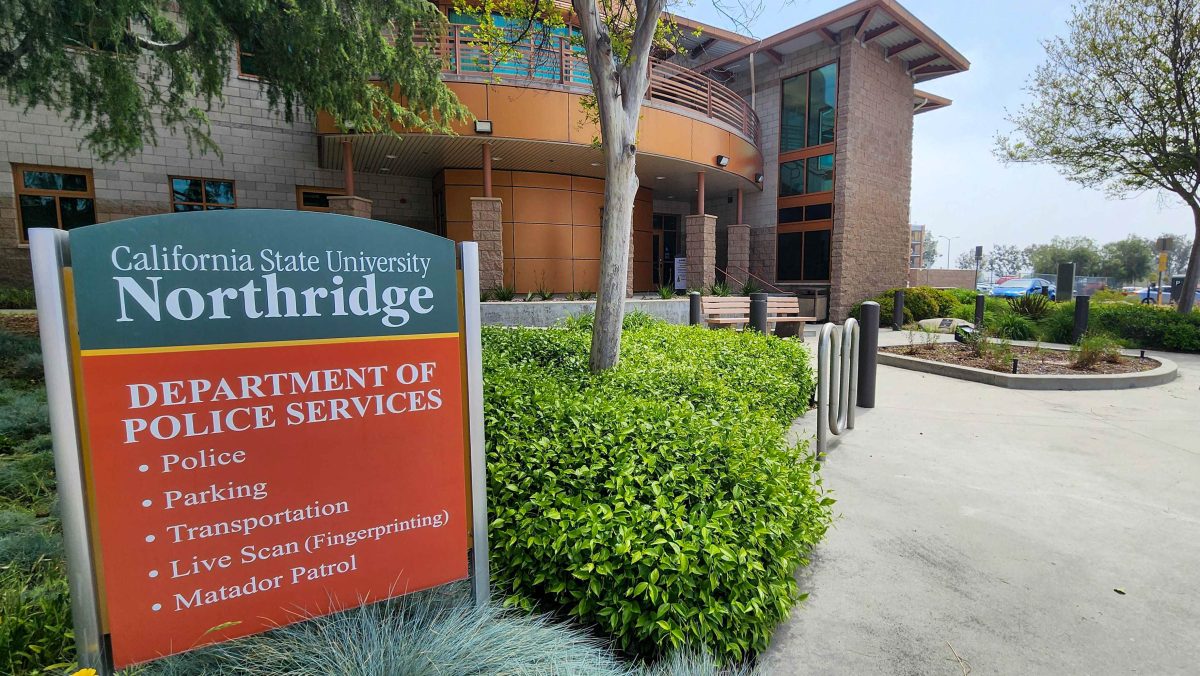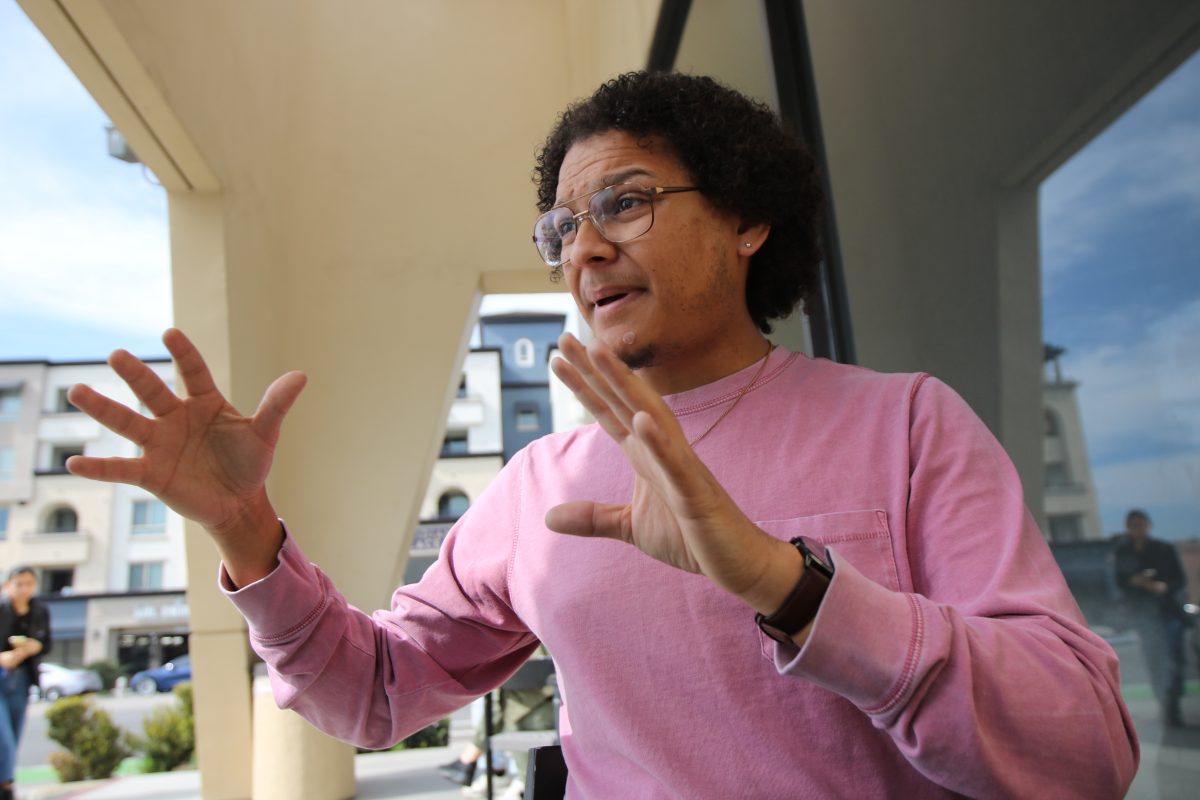
Graffiti, it’s everywhere.On freeway bridges, bus stops and now even on campus. Chief of Police, Anne Glavin, said she has had enough and she plans to raise awareness about this crime on campus.
Public Information Officer, Christina Villalobos and Police Captain, Scott VanScoy, have sat down with Glavin to put together a campaign that will raise a level of awareness of graffiti seen on campus, Galvin said.
“We’re using a tag phrase, known as TAG You’re it,” Glavin said. “TAG stands for Together against Graffiti.”
Glavin said that an awareness campaign like this is typically implemented because of the regular crime analysis meetings she has with VanScoy. They saw a pattern of these crimes being committed within the past week and that’s when she said “enough is enough.” Glavin said something more had to be done.
“The focus is that the community understands the scope of the problem, help us with it in terms of being eyes and ears and reporting it when they see the issues,” Glavin said.
VanScoy said that officers have made “proactive arrests” during their routine patrols as well as arrests that have stemmed from calls made from the community.
“Traditionally” we think of graffiti as a crime adopted by high school students. But VanScoy said there is a new genre of graffiti that is popular among individuals and tagging crews, it’s called “bathroom art.”
“You see it on stalls, mirrors, it’s starting to be more prolific on campus in bathrooms more so than everywhere else,” VanScoy said.
VanScoy said most of the vandals who commit these crimes are not CSUN students. Campus detectives, however, did conduct a month long investigation on a suspect who was involved in the “bathroom art” graffiti vandalism who ended up being a student.
“It’s a sad thing to think that our own students would tag their own campus,” Glavin said.
VanScoy said they are able to track down these vandals and make arrests by simply talking to someone who is involved in that type of activity who is not afraid to speak about it.
“If you can find someone who’s in that world willing to talk, you’ll be surprised how much they like to promote their artwork, if you want to call it that,” VanScoy said.
VanScoy added that their so-called artwork is usually promoted through word of mouth from their friends or the Internet.
Glavin said that is the “big piece” of why a level of awareness has to be raised.
“While we can appreciate the fact that there’s some artistic design to the way some of these things are done. (The) bottom line is, its vandalism and it is a crime,” Glavin said.
Glavin said it’s difficult for community members to believe just how much of this is happening and so this is why her team has put together a campaign such as this. She said the package they have organized includes a poster that states quick facts about graffiti vandalism.
According to the information found on the poster, in 2009, the university police received over 130 calls for incidents of graffiti and the estimated cost to repair these damages totals to nearly $15,000.
“We need students and anyone else involved in it alike to understand and recognize this is not what you do on your campus buildings, bathrooms, wherever it is,” Glavin said. “It’s costing the university a substantial amount of money to clean up behind you.”
VanScoy said the graffiti is not gang related and the vandals are not part of any gangs.
“They just look at it as art and it’s not,” he said.
Glavin said university police is working with LAPD on this matter because LAPD works to decrease these crimes in the city and helps them identify if the graffiti is affiliated with any types of gangs.
Villalobos said as a part of this campaign they want to encourage people to report these crimes when they see it or hear of it.
“This is one of those crimes where we really want to encourage reporting,” Villalobos said. “That’s why the tagline for the campaign is TAG You’re it because it’s you helping us.”
Glavin said if anyone wants to report graffiti vandalism, they should call the direct line that will dispatch an officer right away. If the caller wishes to remain anonymous, there is a “We-TIP” hotline number, which is a voicemail that is checked regularly by detectives, Villalobos and Glavin.
Glavin said the campaign is not that very “complex” and the goal is straightforward.
“Very simple goal, decrease the amount of graffiti on campus,” Glavin said.





